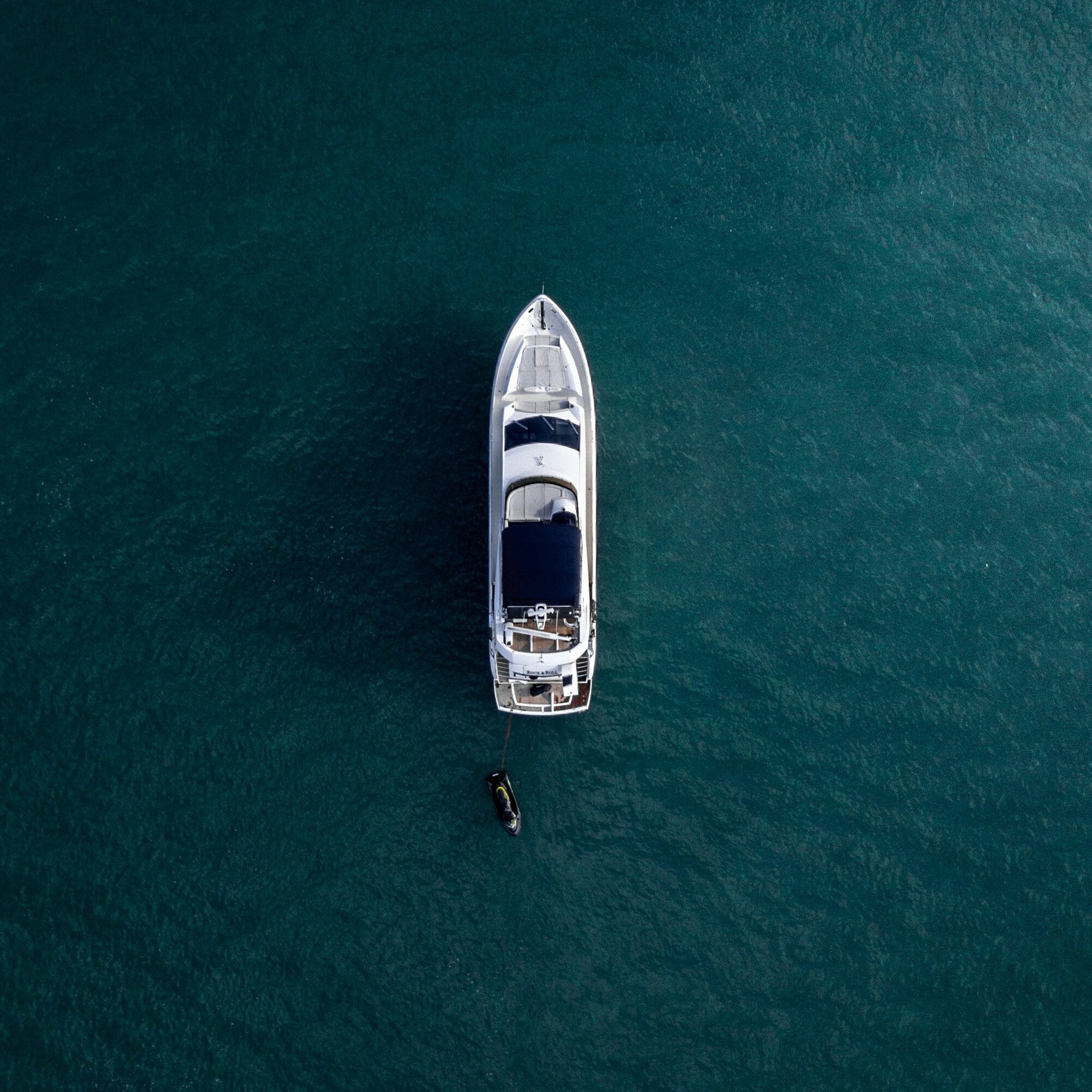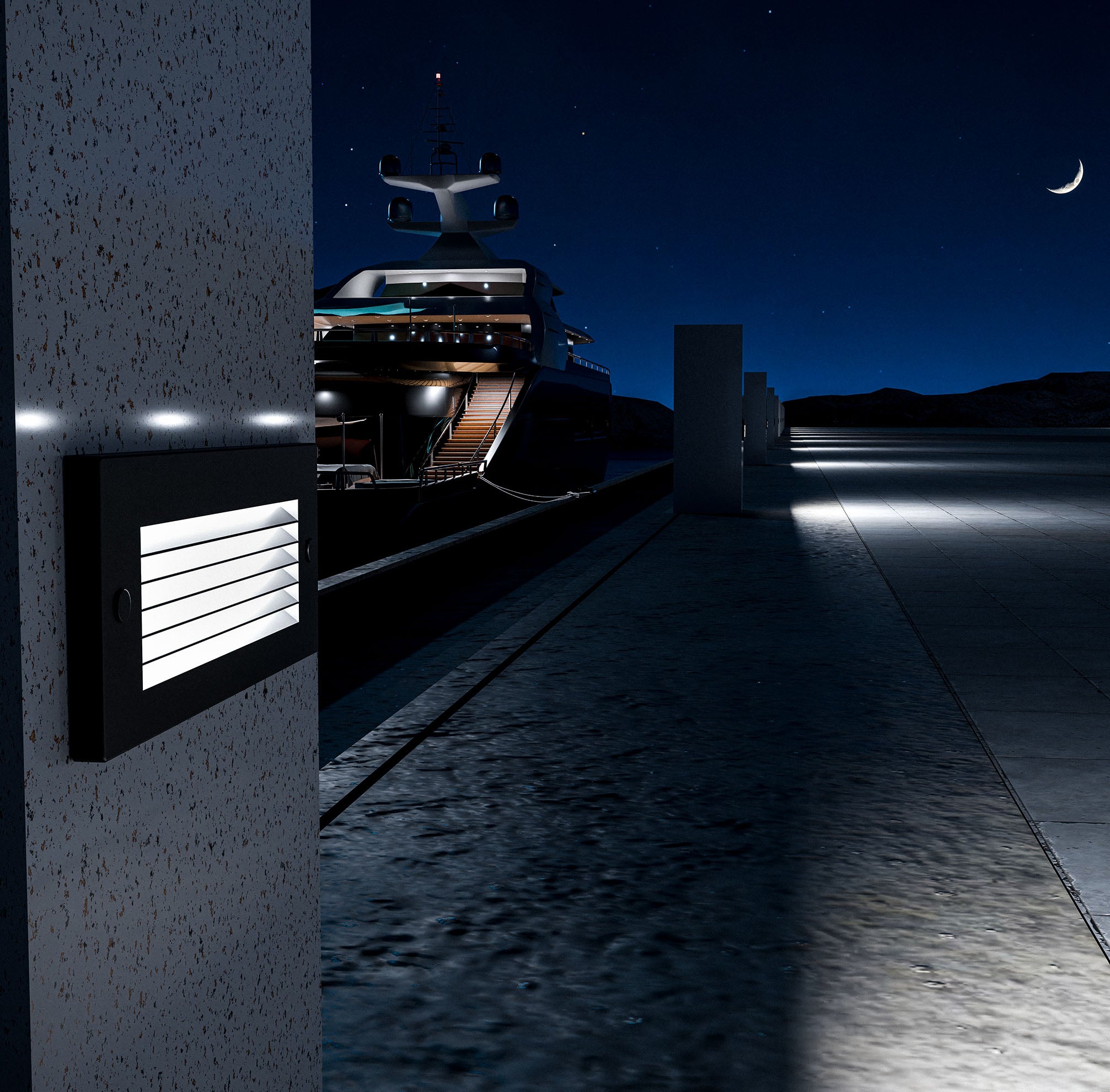Whether you're relaxing with a novel during a peaceful evening at anchor or studying nautical charts before the next day's voyage, proper reading illumination is essential for any boater. The right marine reading light transforms your cabin into a comfortable space while protecting your vision and conserving precious battery power. This comprehensive guide explores everything you need to know about selecting the best reading lights for your boat.
Understanding the Need for Quality Marine Reading Lights
Reading aboard a boat presents unique challenges compared to reading at home. The marine environment subjects lighting fixtures to moisture, saltwater spray, constant vibrations, and temperature fluctuations. Standard household reading lights simply aren't built to withstand these harsh conditions and will quickly corrode or fail in a marine setting.
Beyond durability concerns, proper lighting is crucial for preventing eye strain during extended reading sessions. Reading in inadequate lighting forces your eyes to work harder, leading to discomfort, headaches, and potential long-term vision problems. Marine-grade reading lights are specifically engineered to provide optimal illumination while enduring the demanding maritime environment.
Key Features to Look for in Boat Reading Lights
Marine-Grade Construction and Waterproofing
The foundation of any quality marine reading light is its ability to resist water intrusion and corrosion. Look for fixtures with appropriate IP (Ingress Protection) ratings that indicate their level of protection against solids and liquids.
For boat reading lights, an IP65 rating provides excellent protection for interior cabin applications, offering complete dust protection and resistance to water jets from any direction. For areas with higher moisture exposure, consider IP67 or IP68-rated fixtures. Marine-grade materials such as corrosion-resistant aluminum, stainless steel, or high-quality marine plastics ensure long-lasting performance in saltwater environments.
Optimal Brightness and Light Output
The ideal brightness for reading lights depends on several factors, including the reader's age, the surrounding ambient light, and personal preference. Research indicates that for comfortable reading without eye strain, you need approximately 450 to 800 lumens of focused light on your reading material.
For bedside reading or intimate spaces, 100-150 lumens is generally sufficient when the light is properly directed. The key is ensuring the light is focused directly on your reading material rather than dispersed throughout the cabin. A well-designed reading light with proper beam focus can provide adequate illumination with lower overall lumens, conserving battery power while delivering optimal reading conditions.
Color Temperature Considerations
Color temperature, measured in Kelvin (K), significantly impacts reading comfort and your circadian rhythm. The best color temperature for boat reading lights falls between 3000K and 5000K, with specific recommendations based on usage:
- Warm White (3000K-4000K): Ideal for evening and bedtime reading, warm white light creates a cozy atmosphere and doesn't disrupt natural sleep patterns. This temperature is particularly recommended for reading before sleep.
- Neutral White (4000K-5000K): Perfect for general reading and chart work, neutral white mimics natural daylight and provides excellent clarity for extended reading sessions without causing eye fatigue.
- Adjustable Color Temperature: Premium marine reading lights offer selectable color temperatures, allowing you to choose the optimal setting for different times of day and reading activities.
Energy Efficiency and Power Consumption
On a boat, where electrical power is finite and battery capacity precious, energy efficiency isn't just about saving money—it's about extending your time on the water. LED reading lights have revolutionized marine lighting by offering exceptional energy efficiency compared to traditional incandescent or halogen bulbs.
A typical LED reading light consumes only 3-5 watts while providing equivalent or superior illumination to a 40-watt incandescent bulb. Over a five-hour evening of reading, traditional cabin lights can consume 40-50 amp hours, while LED alternatives reduce this to approximately 7.5 amp hours—a six-fold reduction in power consumption.
Adjustability and Positioning
The best marine reading lights offer multiple adjustment options to direct light precisely where needed. Look for these adjustability features:
- Gooseneck or Flexible Arms: Allow precise positioning and easy adjustment without tools
- Multi-Axis Swivel: Enables tilt and rotation for optimal light placement
- Adjustable Brightness: Dimming capability lets you customize light levels for different conditions and preferences
- On/Off Switches: Convenient switch placement for easy operation, especially in low-light conditions
Shock and Vibration Resistance
Boats are constantly in motion, subjecting lighting fixtures to ongoing vibrations and occasional impacts. Quality marine reading lights are engineered with robust internal components and secure mounting systems that maintain proper function despite the continuous movement inherent to marine environments.
Types of Marine Reading Lights
Wall-Mounted and Ceiling-Mounted Fixtures
Fixed installation reading lights provide permanent lighting solutions ideal for dedicated reading areas such as berths, settees, and navigation stations. These fixtures offer stable, consistent illumination and integrate seamlessly into your boat's interior design.
Advantages:
- Permanent installation eliminates the need for charging or battery replacement
- Professional appearance that enhances cabin aesthetics
- Reliable illumination exactly where you need it
- No risk of being misplaced or falling during rough conditions
Considerations:
- Requires proper installation and wiring
- Fixed position limits flexibility
- Installation may require professional assistance
Clip-On and Portable Reading Lights
Portable reading lights offer maximum flexibility, allowing you to position light wherever needed throughout your vessel. These battery-operated options are particularly useful for occasional readers or for supplementing fixed lighting.
Advantages:
- Complete portability throughout the vessel
- No installation required
- Can be used in multiple locations
- Easy to remove and store when not in use
Considerations:
- Requires battery charging or replacement
- May not provide as stable illumination as fixed fixtures
- Can be misplaced or damaged more easily
Adjustable Gooseneck Designs
Gooseneck reading lights combine the stability of fixed installation with the flexibility of adjustable positioning. These lights feature flexible necks—often stainless steel coated in silicone—that can be positioned precisely and maintain their position despite boat movement.
Advantages:
- Precise positioning capability
- Maintains position during boat movement
- Professional appearance
- Direct light exactly where needed
Considerations:
- Quality varies significantly by manufacturer
- May require occasional adjustment to maintain preferred position
Recommended Installation Locations
Strategic placement maximizes the effectiveness of your marine reading lights while minimizing power consumption and glare.
Berth Areas
Position reading lights approximately 12-18 inches from the reading surface for optimal brightness without glare. Mount lights at the head of berths, allowing for comfortable reading without disturbing sleeping companions. Consider installing individual lights for each berth in double berth configurations.
Salon and Settee Areas
In common areas where multiple people may be reading or relaxing, install reading lights with adjustable brightness and direction. This allows personalization without disturbing others who may prefer less light.
Navigation Stations
Chart work requires bright, focused illumination. Install reading lights with higher lumen output (500-800 lumens) and neutral white color temperature (4000K-5000K) for optimal chart reading and detailed work.
The LED Advantage in Marine Reading Lights
LED technology has transformed marine lighting, offering numerous advantages over traditional lighting technologies:
Superior Energy Efficiency
LEDs consume 60-80% less power than incandescent bulbs and 40-50% less than halogen alternatives. This dramatic reduction in power consumption extends battery life and reduces generator runtime, particularly important during extended cruising or anchoring.
Extended Lifespan
Quality marine LED reading lights typically last 30,000-50,000 hours compared to 1,000-2,000 hours for incandescent bulbs. This longevity means fewer replacements, reduced maintenance, and better long-term value despite higher initial costs.
Minimal Heat Generation
Unlike incandescent and halogen bulbs that waste significant energy as heat, LEDs remain cool during operation. This reduces cabin temperature on warm evenings and eliminates burn risks, particularly important in the confined spaces of a boat cabin.
Instant Illumination
LEDs reach full brightness immediately upon activation, unlike some alternative technologies that require warm-up time. This instant-on capability is particularly valuable when you need light immediately.
Durability and Reliability
LED technology has no fragile filaments or glass components to break, making them exceptionally resistant to the vibrations and impacts inherent to the marine environment. Quality marine LEDs are designed to perform reliably despite constant movement and occasional rough seas.
Maintaining Optimal Eye Health While Reading Aboard
Beyond selecting quality reading lights, follow these practices to protect your vision during extended reading sessions:
The 20-20-20 Rule
Every 20 minutes of reading, take a 20-second break and focus on something at least 20 feet away. This simple practice helps prevent eye fatigue and maintains healthy eye function during extended reading sessions.
Appropriate Ambient Lighting
Avoid reading with a bright light in an otherwise dark cabin. Maintain some ambient lighting to reduce the contrast between your reading material and the surrounding environment, which decreases eye strain.
Proper Distance and Positioning
Position reading material 12-18 inches from your eyes and ensure lighting eliminates shadows on the page. Adjust your reading light to provide even illumination across your entire reading surface.
Blue Light Considerations
While blue light from screens can disrupt sleep patterns, warm white LED reading lights (3000K-4000K) minimize blue light exposure, making them ideal for bedtime reading without affecting your natural sleep cycle.
K2 Lighting's Marine Reading Light Solutions
K2 Lighting has established itself as a premier manufacturer of marine-grade LED lighting solutions, with over a decade of experience designing products specifically for the demanding marine environment. Their reading lights combine professional-grade construction with thoughtful design features that address the unique needs of boaters.
K2 Lighting's marine reading lights feature:
- Marine-Grade Construction: Corrosion-resistant materials engineered for saltwater exposure and harsh marine conditions
- Energy-Efficient LED Technology: Low power consumption extends battery life without compromising illumination quality
- Adjustable Intensity and Direction: Personalized lighting experience with precise control over brightness and beam direction
- Focused, Gentle Illumination: Reduces eye strain while providing optimal reading conditions
- Multiple Color Temperature Options: Select the ideal color temperature for your reading preferences and time of day
Their comprehensive product line includes options for every installation scenario, from permanent wall-mounted fixtures to flexible gooseneck designs, all backed by rigorous quality standards and marine-specific engineering.
Making the Right Choice for Your Vessel
Selecting the best reading light for your boat requires balancing several factors:
- Installation Preferences: Determine whether permanent installation or portable solutions better suit your needs
- Power Availability: Consider your boat's electrical system capacity and typical power availability
- Reading Habits: Match brightness and color temperature to your typical reading schedule and preferences
- Budget Considerations: Balance initial investment against long-term operating costs and replacement frequency
- Aesthetic Integration: Choose fixtures that complement your boat's interior design
Conclusion
Quality marine reading lights represent an essential investment in both comfort and functionality aboard your vessel. The right lighting transforms your boat's cabin into a welcoming retreat where you can enjoy reading without eye strain while conserving precious battery power.
Modern LED marine reading lights from reputable manufacturers like K2 Lighting offer the perfect combination of durability, efficiency, and performance specifically engineered for the maritime environment. By selecting fixtures with appropriate brightness, optimal color temperature, marine-grade construction, and thoughtful adjustability, you ensure comfortable reading experiences for years to come.
Whether you're an avid reader who spends hours with books at anchor, a navigator who needs clear chart illumination, or simply someone who appreciates a well-lit cabin, investing in quality marine reading lights enhances every aspect of your time on the water.
For more information about marine lighting solutions, explore these related articles:
- A Beginner's Guide to Marine-Grade LED Lighting
- Comparing Marine-Grade LED Lighting vs. Traditional Lighting Systems
- Brighten Your Summer Nights: The Benefits of Marine LED Lighting
- How Marine-Grade Lighting Enhances Outdoor Experiences
Ready to upgrade your boat's reading lights? Explore K2 Lighting's marine reading light collection to find the perfect solution for your vessel.





